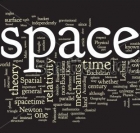-
 +27 +2
+27 +2The Fading Distinction Between City and Suburb
As high-income people return to cities and urban neighborhoods, they bring much of their suburban lifestyle with them.
-
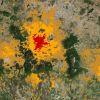 +14 +2
+14 +2The Age of Megacities: Interactive Tool Tracks the Explosive Expansion of the World's Urban Spaces
Examining swelling urban borders over the past 100 years.
-
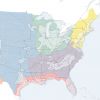 +21 +2
+21 +2A New Map for America
The 50-state model is holding the country back. It needs a new system, built around urban corridors.
-
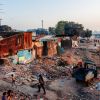 +26 +2
+26 +2How the slum women of Ahmedabad led a housing revolution
The Indian city where Gandhi established his first ashram can be gruelling if you live in a slum: 50C temperatures, poor ventilation, no running water. A group of women had had enough and agreed to work with developers.
-
 +13 +2
+13 +2The Psychological Cost of Boring Buildings
Scientists are investigating the emotional toll of ugly architecture.
-
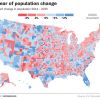 +20 +2
+20 +2The dirty little secret that data journalists aren’t telling you
How to tell two radically different stories with the same dataset.
-
 +6 +2
+6 +2The Quest for Inclusive Economic Development
How can cities grow their economies without alienating poorer residents?
-
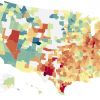 +17 +2
+17 +2The Rich Live Longer Everywhere. For the Poor, Geography Matters.
For poor Americans, the place they call home can be a matter of life or death. The poor in some cities — big ones like New York and Los Angeles, and also quite a few smaller ones like Birmingham, Ala. — live nearly as long as their middle-class neighbors or have seen rising life expectancy in the 21st century. But in some other parts of the country, adults with the lowest incomes die on average as young as people in much poorer nations like Rwanda, and their life spans are getting shorter.
-
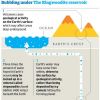 +11 +2
+11 +2Scientists discover an ocean 400 miles beneath our feet that could fill our oceans three times over
After decades of theorizing and searching, scientists are reporting that they've finally found a massive reservoir of water in the Earth's mantle -- a reservoir so vast that could fill the Earth's oceans three times over.
-
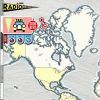 +14 +2
+14 +2Radiooooo - The Musical Time Machine
Pick a decade and country from any on the map, and listen to music of times and places around the world.
-
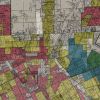 +7 +2
+7 +2Mapping the Lasting Effects of Redlining
Old federal maps and recent Census data combine to show how today's poverty rates align with racist 1930s mortgaging policies.
-
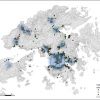 +10 +2
+10 +2Using Cell Phone Data to Track Segregation in Hong Kong
There’s plenty to learn about where residents travel each day, and with whom they choose to interact. A recent study found a city that is terribly segregated not just by where people live, but across many dimensions of how they move around.
-
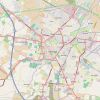 +10 +2
+10 +2Open Street Map: The simple map that became a global movement
Since its inception in 2004, the growth and maturation of OpenStreetMap is evidenced through numerous metrics: in its data collection methodology, its editorial support infrastructure, its policies and standards, and, of course, in the quality and quantity of its data collection itself.
-
 +12 +2
+12 +2How Black Pepper Won Europe From a Better Pepper
Long pepper was the first pepper Europe fell in love with, before black pepper took over.
-
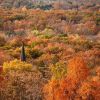 +17 +2
+17 +2Where The Hell Is Upstate NY?
We asked 11 New York state historians and academics to try to answer the question.
-
 +24 +2
+24 +2Shells and Shelves
Making money by making companies: another industry that is globalising, consolidating and shifting east. (2012 article about offshore company-creation firms: the many competitors of Panama's Mossack Fonseca)
-
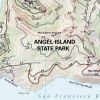 +9 +2
+9 +2Interview With a Modern-Day Independent Mapmaker
It’s easy to forget that detailed maps can be made by just one person, and that paper maps aren't a thing of the past. Tom Harrison, a California-based cartographer, explains how he collects information and makes his maps, and why he doesn’t hire anyone to help him.
-
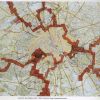 +23 +2
+23 +2A New Way of Walking
Artist-explorers called psychogeographers are changing the way we experience the city
-
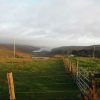 +23 +2
+23 +2Point Reyes National Seashore: A Brief History of a Working Landscape
A mere forty windy miles north of San Francisco, Point Reyes National Seashore is a working landscape, containing dairies and ranches that have been in place for generations. However, with mixed use comes disagreement over the proper use of the space and discussions on the purpose of national park system units.
-
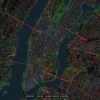 +18 +2
+18 +2Fascinating maps reveal what our cities sound like
How researchers mapped the spectrum of urban sound.
Submit a link
Start a discussion













